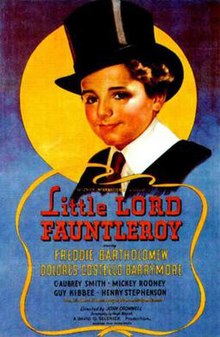The popular dances were: Plain quadrille, Tucker
quadrille, French Four, Upper Reel, and some Danish dances. Then
there was the Flying Dutchman, the Mazurka, the "Tyrola,"
Polka or Danish Glide, and many kinds of fancy waltzes too numerous
to mention, but which were a great improvement upon the present
"jazzy" movements in the sober judgment of old people
It will not do to omit the Judge, Hyrum Seely, from our
list of fun-makers, because he always was on the job, full of vim and
hopping, skipping, and shouting to the top of his voice, reminding you of the little song which our ever jolly Lars Nielsen
used to sing, thus:
When I was a little boy,
My mother used to say
That she used to spank me up and
down
A dozen times a day.
For I'd either be up in a tree,
Or rolling down the hill;
It's a fact that whether I sit or
stand
I really can't keep still.
No, I really can't keep still,
I really can't keep still;
It's a fact that whether I sit or stand,
I really can't keep still.
Nor could the Judge-not for the fraction of a moment-and
while the years have done something to tame and tone his
ever-bubbling and youthful spirits, yet even now he would be
willing to go back and live those joyous days over again. Who would
not?

No comments:
Post a Comment